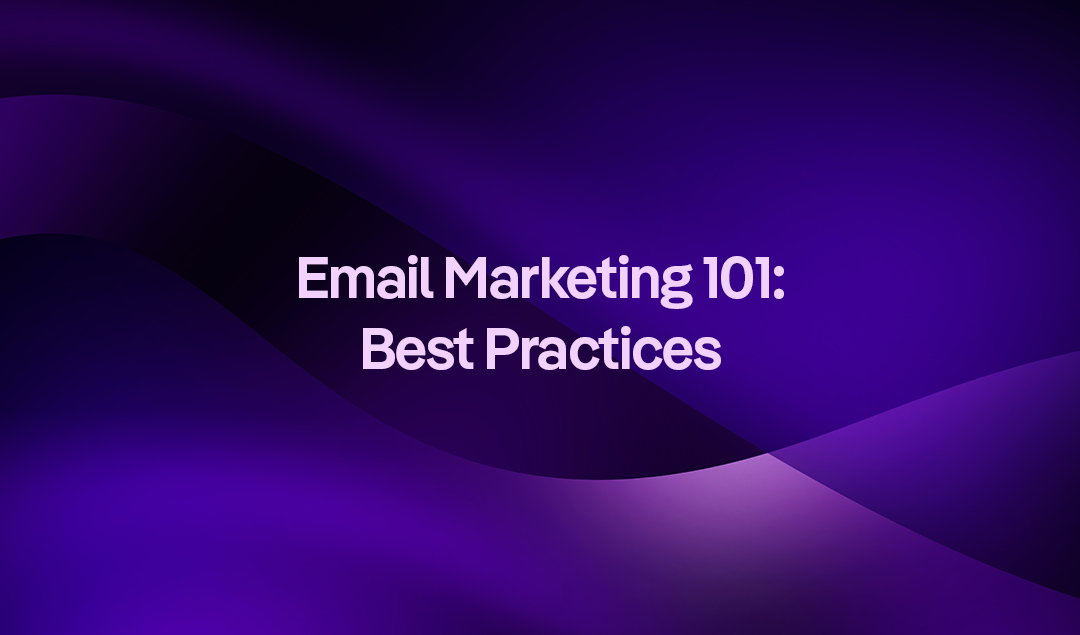
Email Marketing 101: Best Practices for Building Effective Email Campaigns
The 101:
Email marketing is a powerful tool for businesses of all sizes to reach and engage with their target audience. Building an effective email campaign can help you increase brand awareness, generate leads, and ultimately drive sales. In this blog post, we will discuss the best practices for building effective email campaigns.
Know Your Audience
The first step in building an effective email campaign is to know your audience. Who are your subscribers? What are their interests and needs? What motivates them to take action? Use this information to create targeted campaigns that resonate with your audience.
Set Clear Goals
Before you start creating your email campaign, it's crucial to set clear goals. What do you want to achieve with your campaign? Is it to generate leads, increase sales, or promote a new product or service? Having clear goals will help you stay focused and measure the success of your campaign.
Craft Compelling Subject Lines
The subject line is the first thing your subscribers will see in their inbox, so it's essential to make it compelling. A great subject line should be short, attention-grabbing, and relevant to the content of your email.
Personalize Your Emails
Personalizing your emails can help you build a stronger connection with your subscribers. Use their name in the greeting, segment your list based on their interests or behavior, and send them relevant content that resonates with them.
Use a Clear Call-to-Action
Every email you send should have a clear call-to-action (CTA). Whether it's to download a free guide, sign up for a webinar, or make a purchase, your CTA should be clear, concise, and easy to understand.
Optimize for Mobile
More than half of all emails are opened on mobile devices, so it's essential to optimize your emails for mobile. Use a responsive design, keep your email copy concise, and use images and buttons that are easy to tap.
Test and Measure
Testing and measuring your email campaigns is crucial to their success. Test different subject lines, CTAs, and email designs to see what works best for your audience. Use analytics to measure the success of your campaigns and make data-driven decisions.
In conclusion, building effective email campaigns takes time and effort, but it's worth it. By following these best practices, you can create targeted campaigns that resonate with your audience and drive results for your business.
Ready to take the next step?
Work with a creative team that moves fast, communicates clearly, and delivers reliable results. We focus on strong execution, clean design, and a smooth working process, so projects stay on track.